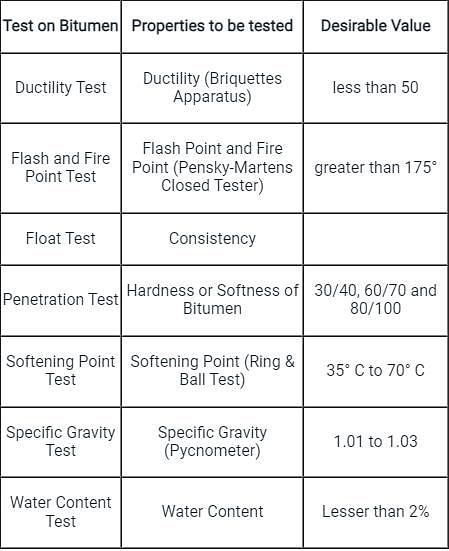Civil Engineering (CE) Exam > Civil Engineering (CE) Tests > Test: Bituminous Material - Civil Engineering (CE) MCQ
Test: Bituminous Material - Civil Engineering (CE) MCQ
Test Description
10 Questions MCQ Test - Test: Bituminous Material
Test: Bituminous Material for Civil Engineering (CE) 2025 is part of Civil Engineering (CE) preparation. The Test: Bituminous Material questions and answers have been prepared
according to the Civil Engineering (CE) exam syllabus.The Test: Bituminous Material MCQs are made for Civil Engineering (CE) 2025 Exam.
Find important definitions, questions, notes, meanings, examples, exercises, MCQs and online tests for Test: Bituminous Material below.
Solutions of Test: Bituminous Material questions in English are available as part of our course for Civil Engineering (CE) & Test: Bituminous Material solutions in
Hindi for Civil Engineering (CE) course.
Download more important topics, notes, lectures and mock test series for Civil Engineering (CE) Exam by signing up for free. Attempt Test: Bituminous Material | 10 questions in 30 minutes | Mock test for Civil Engineering (CE) preparation | Free important questions MCQ to study for Civil Engineering (CE) Exam | Download free PDF with solutions
Test: Bituminous Material - Question 1
For how long is the needle allowed to penetrate in the penetration test?
Detailed Solution for Test: Bituminous Material - Question 1
Test: Bituminous Material - Question 2
Which one of the following causes raveling in bituminous pavement?
Detailed Solution for Test: Bituminous Material - Question 2
| 1 Crore+ students have signed up on EduRev. Have you? Download the App |
Test: Bituminous Material - Question 3
The indirect method of determining viscosity is not applicable to which of the below?
Detailed Solution for Test: Bituminous Material - Question 3
Detailed Solution for Test: Bituminous Material - Question 4
Test: Bituminous Material - Question 5
Softening test was performed on a bitumen sample and it was found out to be 62°. Which grade does it belong to?
Detailed Solution for Test: Bituminous Material - Question 5
Test: Bituminous Material - Question 6
Name the test conducted on bitumen using the Pensky-Martens closed cup apparatus?
Detailed Solution for Test: Bituminous Material - Question 6
Detailed Solution for Test: Bituminous Material - Question 7
Test: Bituminous Material - Question 8
Which IS code is referred to for conducting the float test for bitumen?
Detailed Solution for Test: Bituminous Material - Question 8
Detailed Solution for Test: Bituminous Material - Question 9
Test: Bituminous Material - Question 10
Which of the below tar type – application pairs matched correctly?
Detailed Solution for Test: Bituminous Material - Question 10
Information about Test: Bituminous Material Page
In this test you can find the Exam questions for Test: Bituminous Material solved & explained in the simplest way possible.
Besides giving Questions and answers for Test: Bituminous Material, EduRev gives you an ample number of Online tests for practice
Download as PDF


















